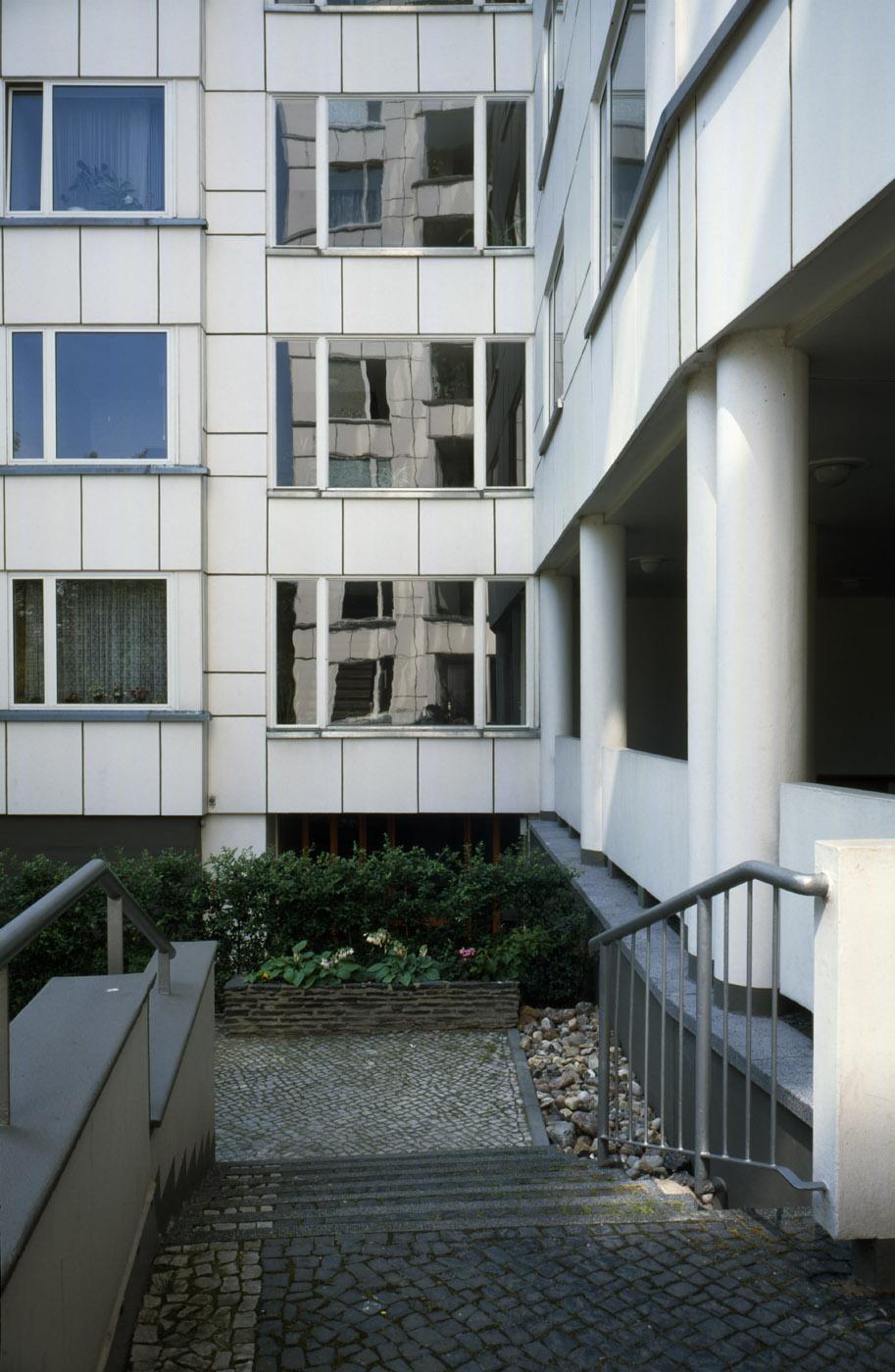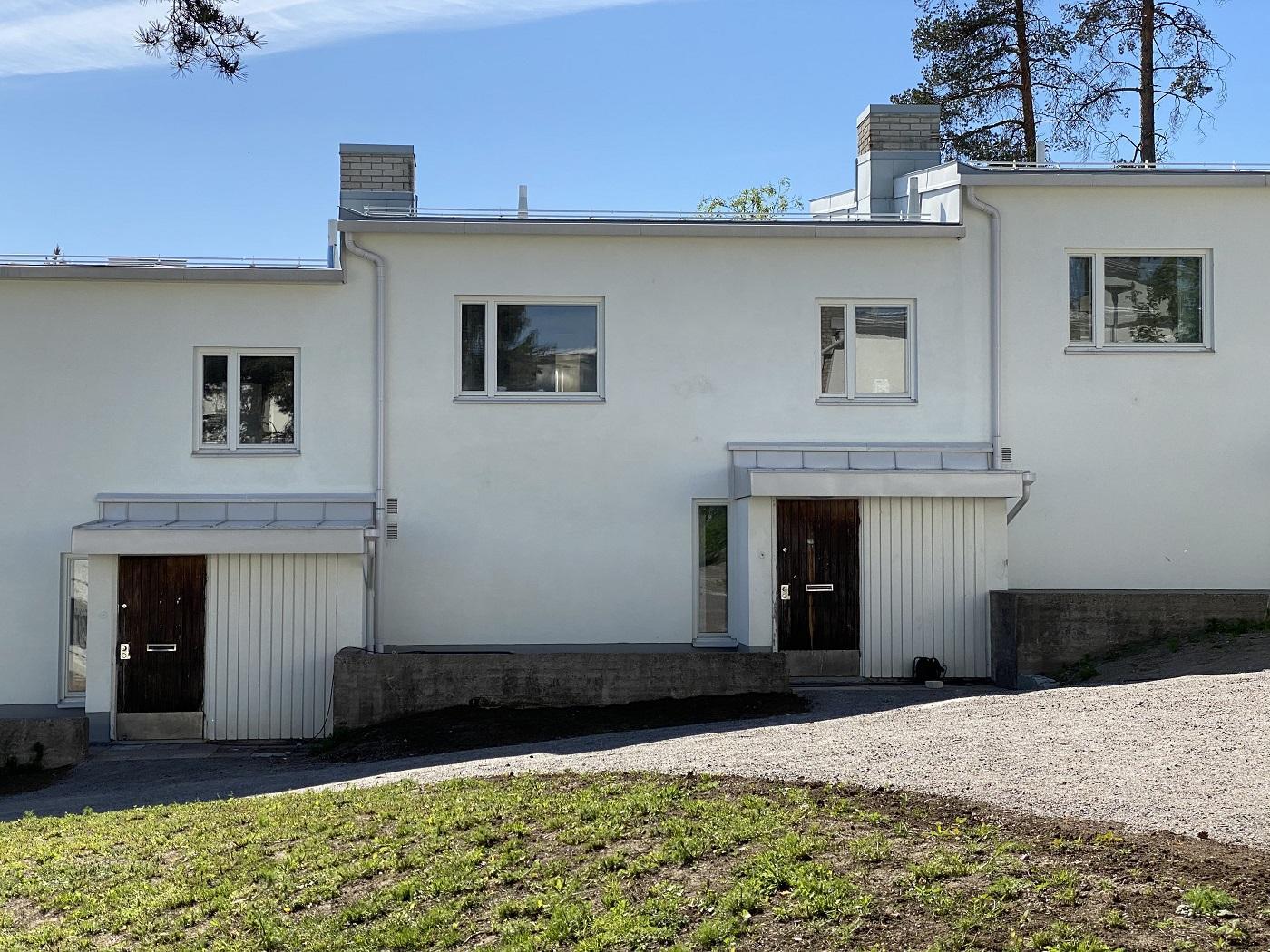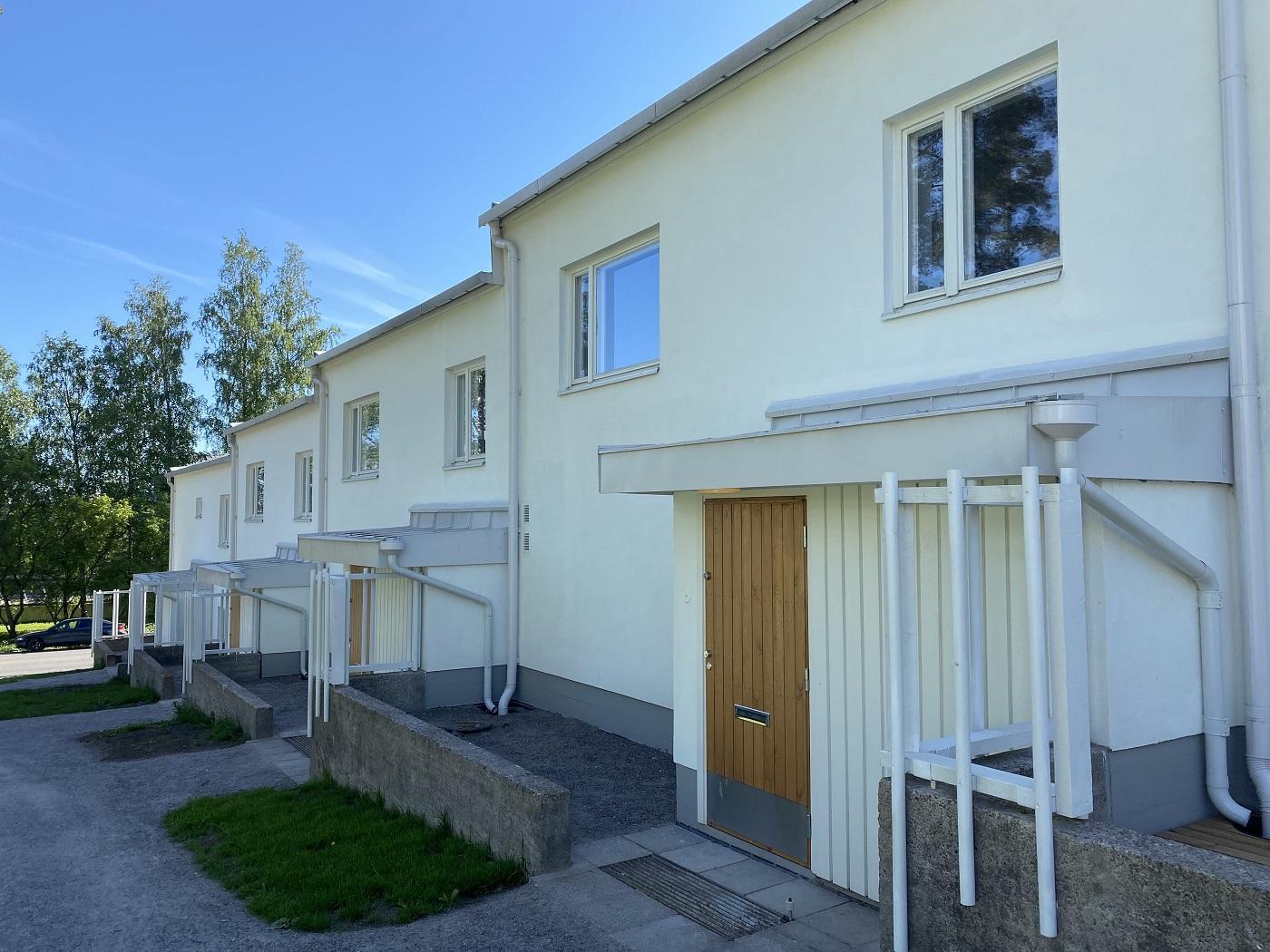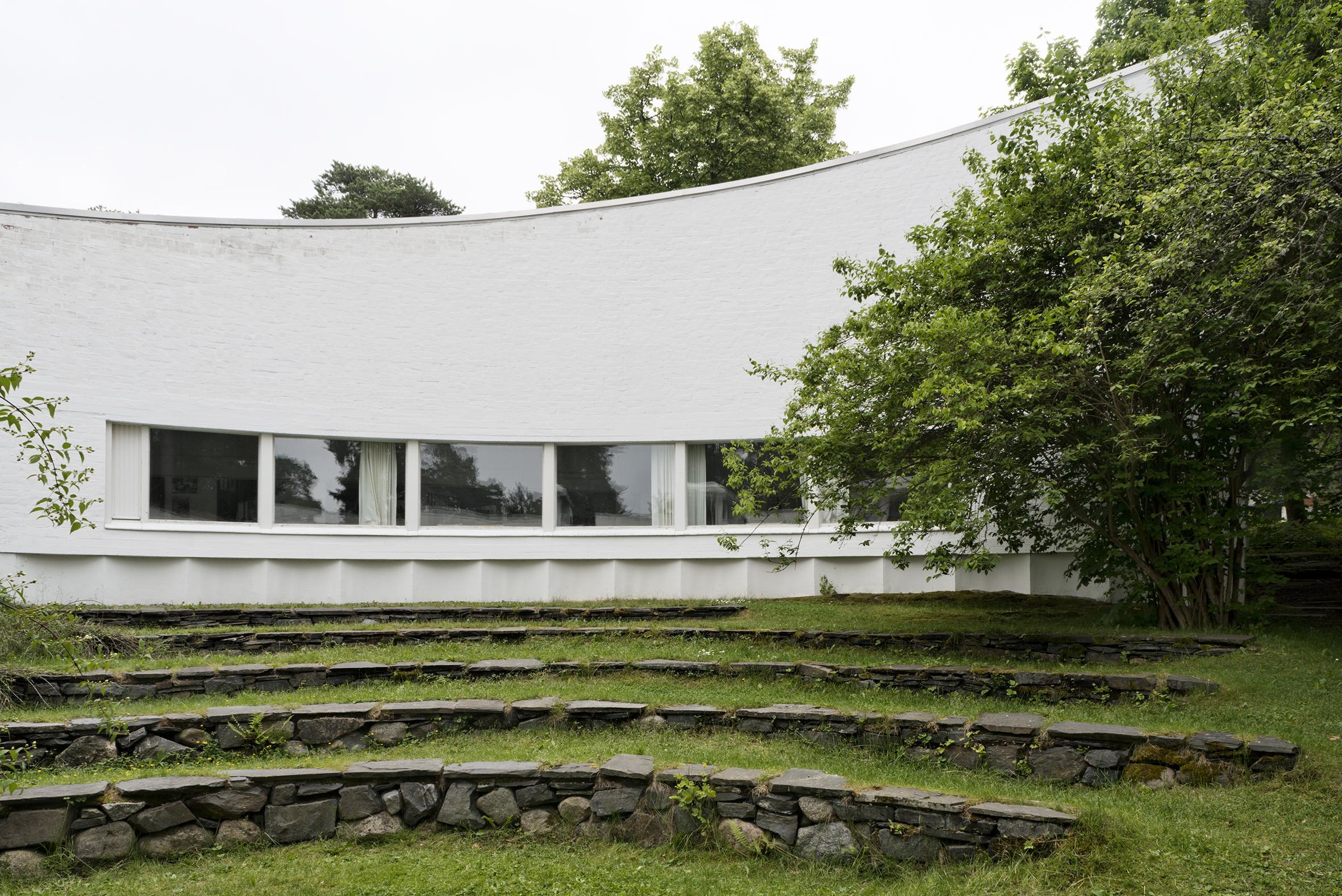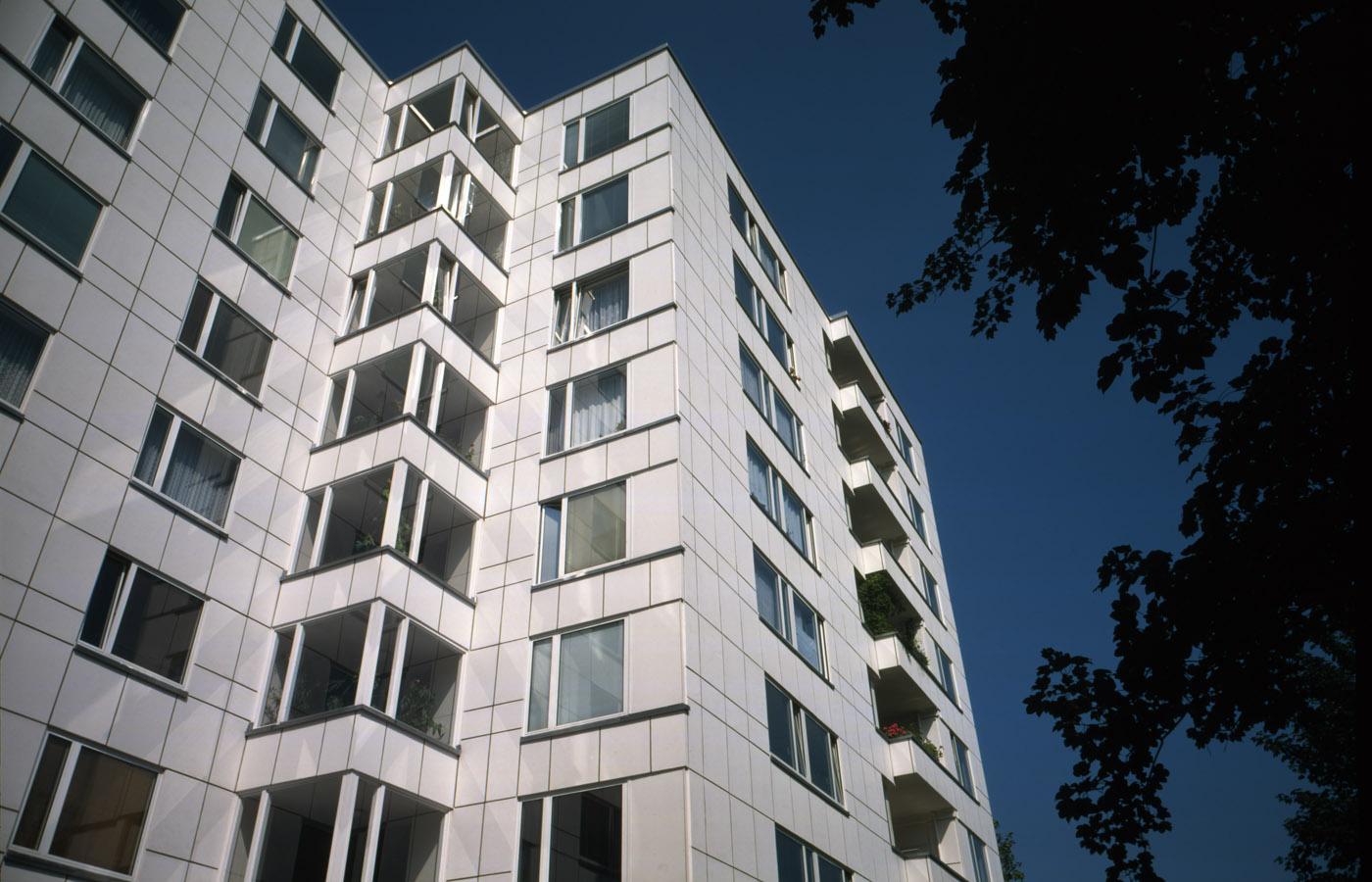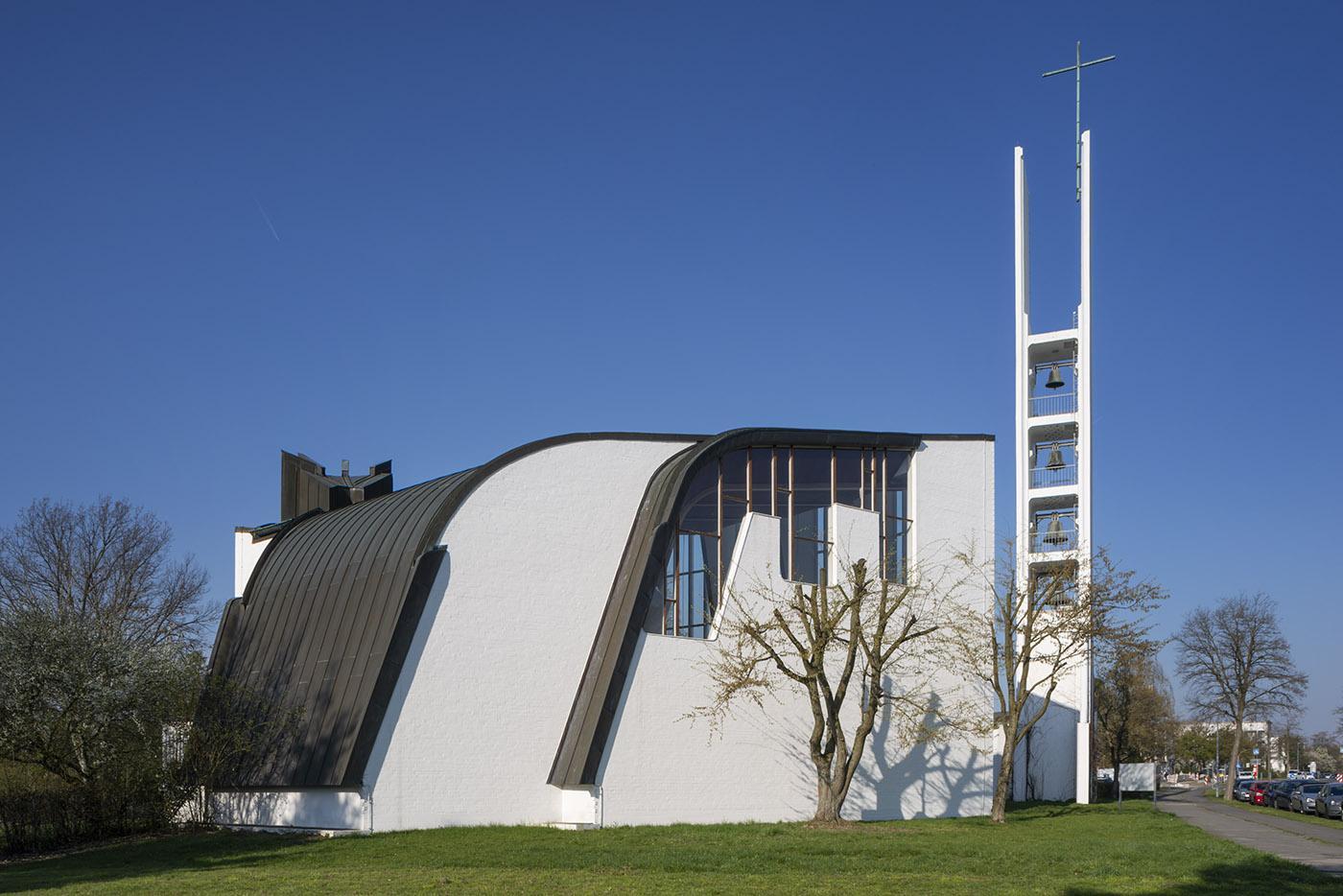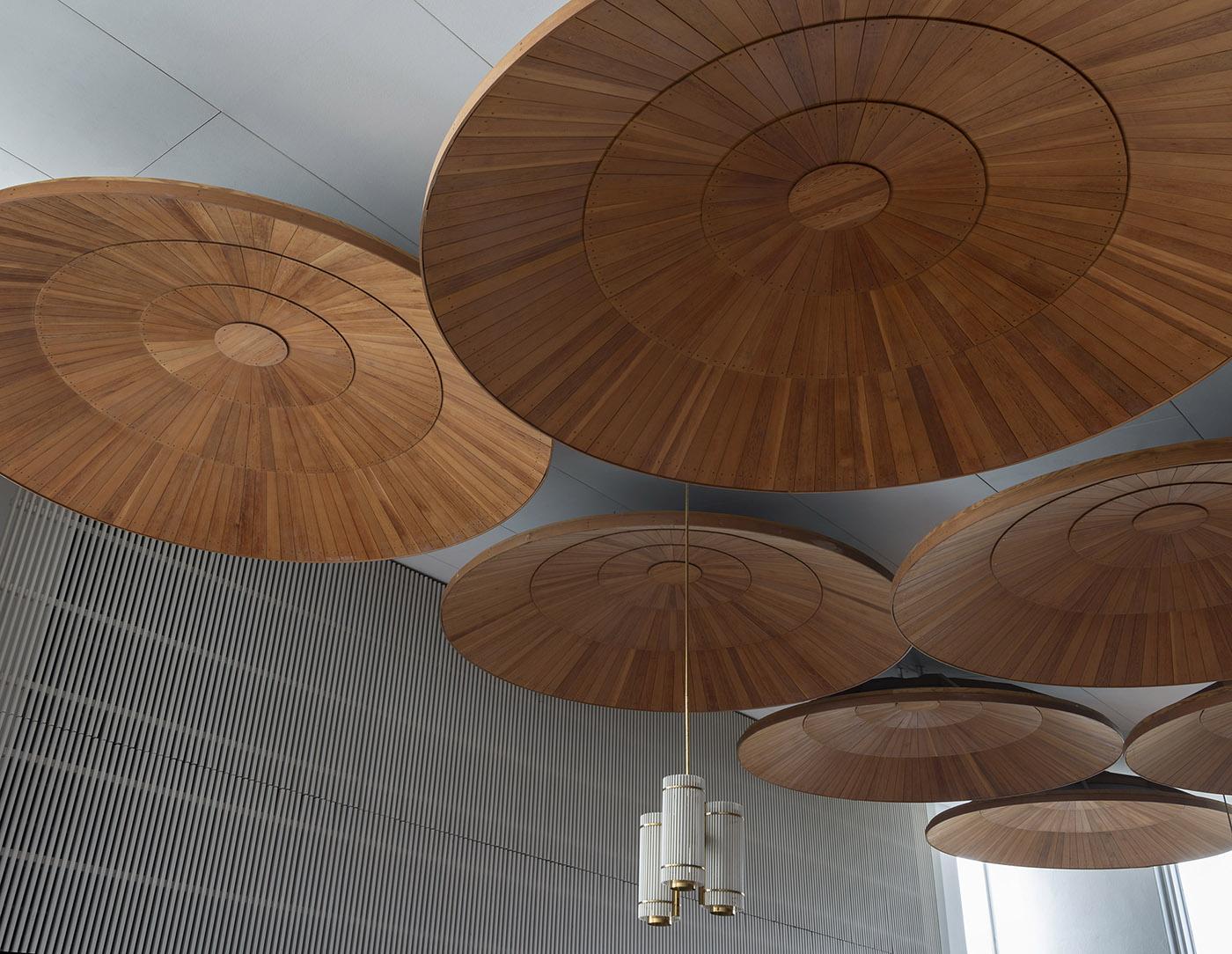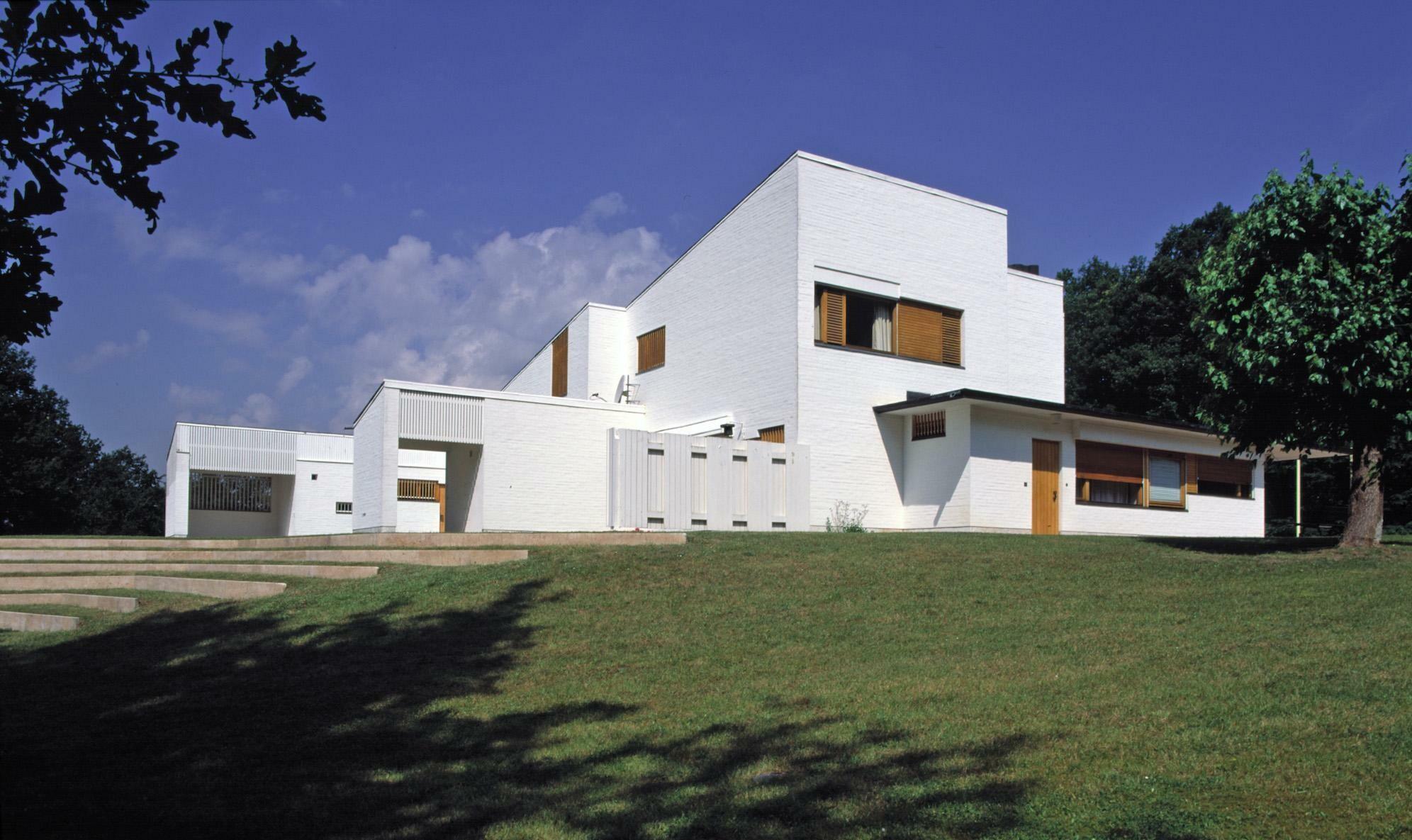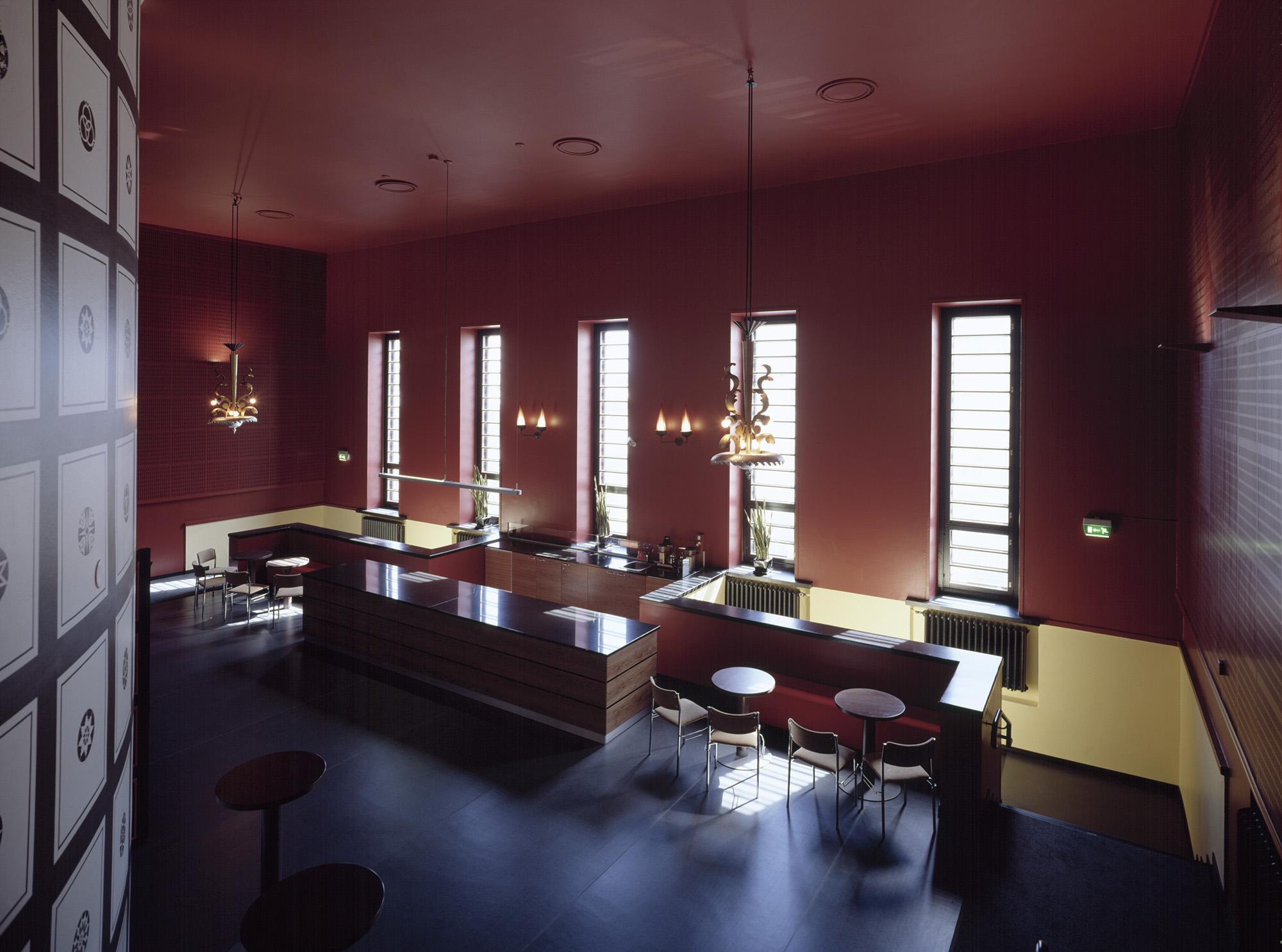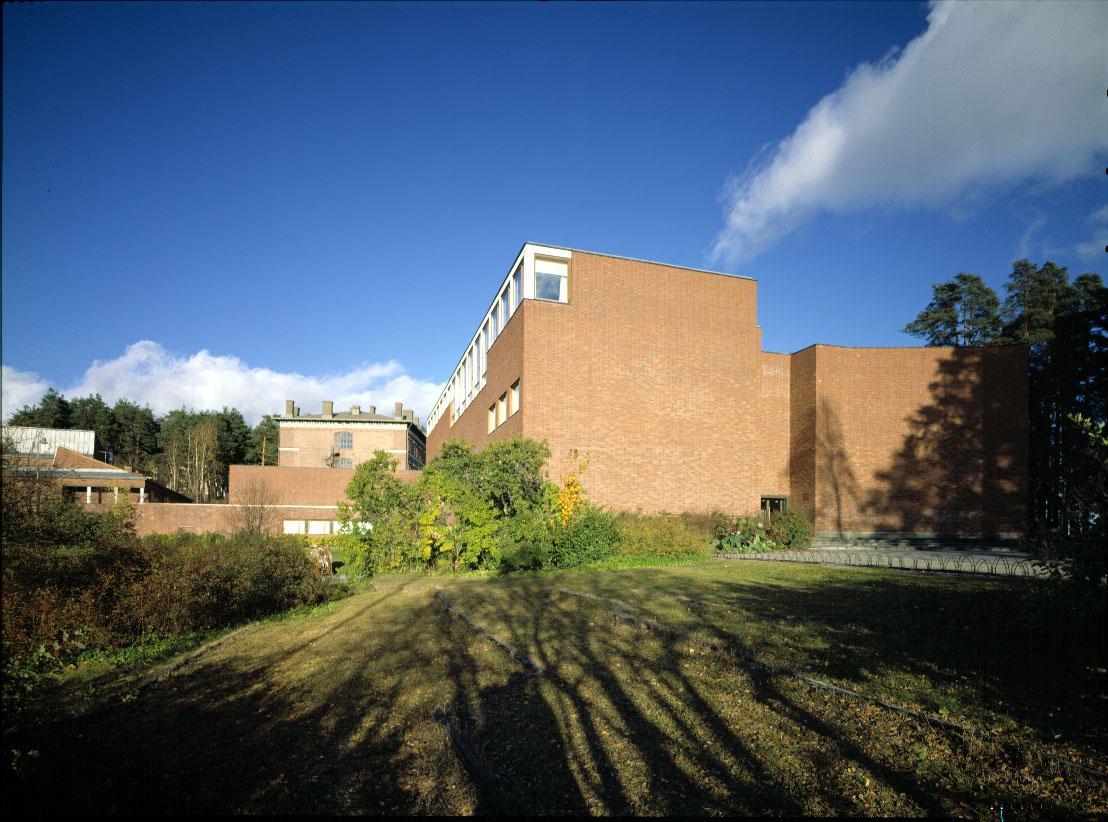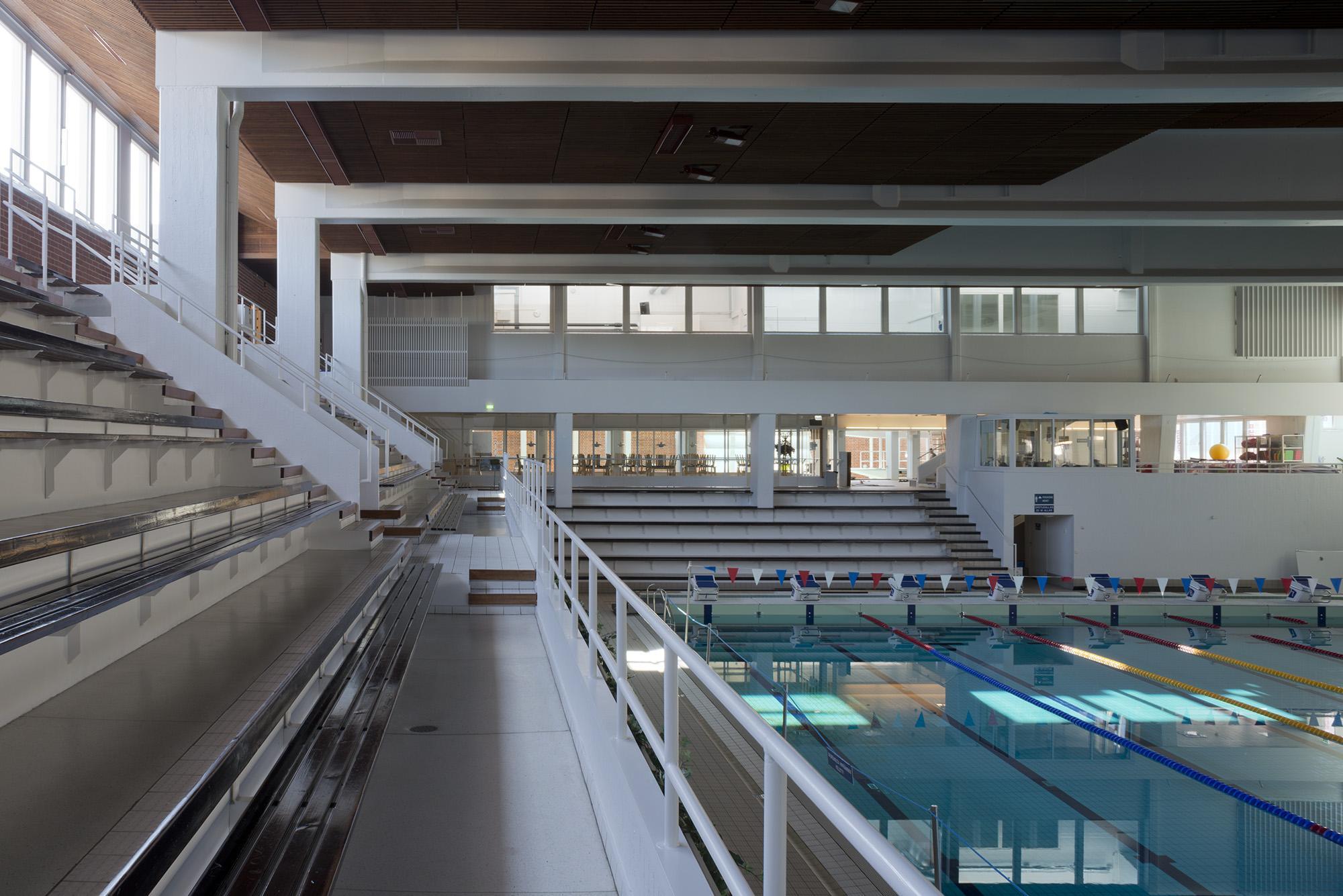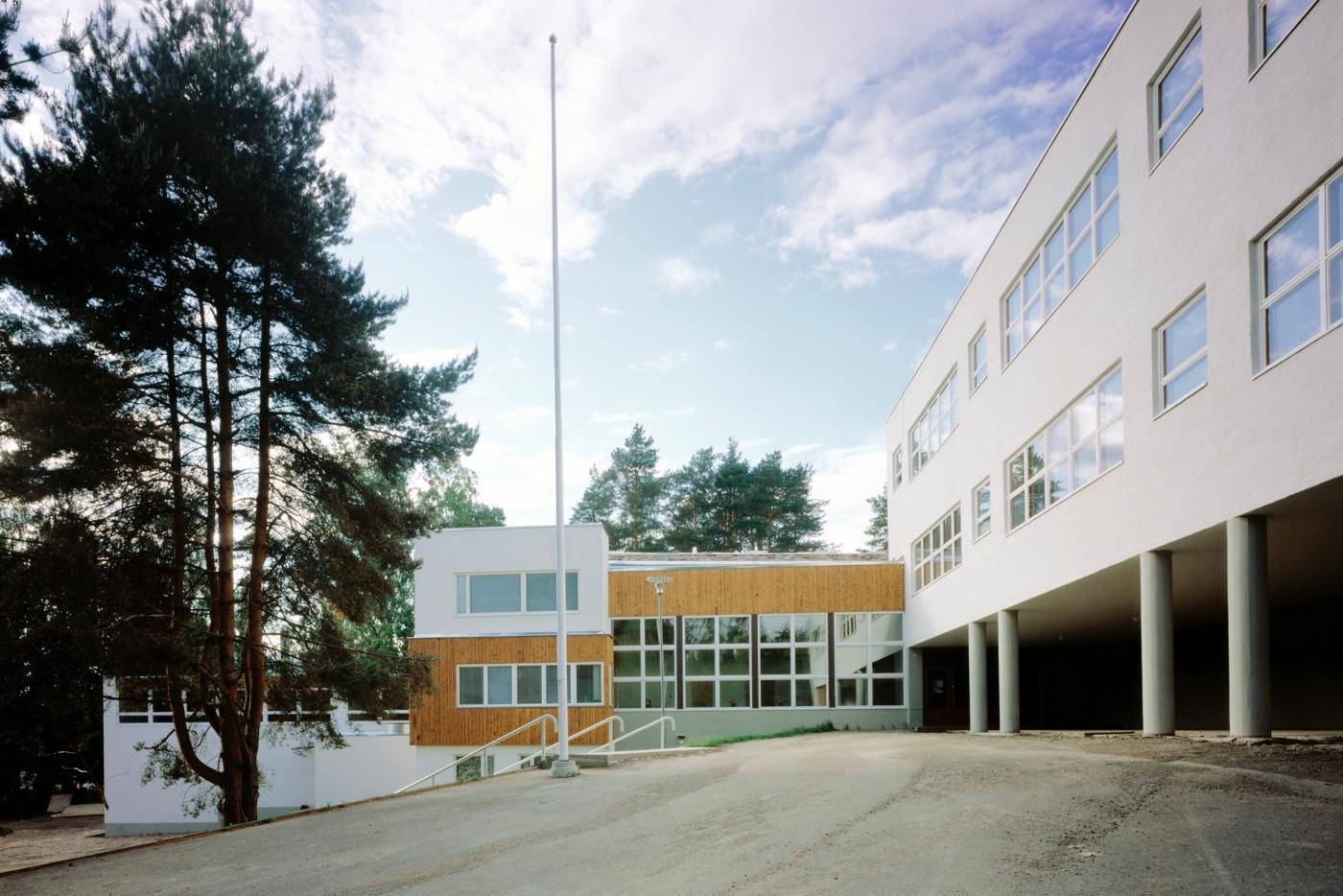The Maison Louis Carré is one of the most carefully executed and detailed of the private houses designed by Alvar Aalto. Built for a wealthy Parisian art dealer and collector between 1959 and 1963, the house is situated in the small village of Bazoches-sur-Guyonne, in the historic rural landscape near Versailles and Chartres. Although the villa is an expression of Aalto at his most mature, it also embraces the youthful architectonic ideas of his second wife, Elissa Aalto.
Aalto was contacted in January of 1955 by a well-known French art dealer Louis Carré and his wife, who wished to build a villa of the highest artistic quality and material comfort on a large plot Carré had acquired near the village of Bazoches, overlooking a vast panorama that merges historical landmarks and the Forêt de Rambouillet. In addition to the architecture, Aalto was to be responsible for the furnishings – as exclusively designed as possible – and for the landscaping of the whole plot with terraces and plantings.
He designed a house under an immense lean-to roof made of blue Normandy slate, pitched in imitation of the landscape itself. The base and parts of the walls are Chartres limestone; whitewashed brick and marble were also used for the facades. Since the purpose of the house was partly to exhibit gems from the dealer’s stocks to prominent clients in an exclusive domestic milieu, the rooms were divided into an entertaining section and a service section, the bedrooms being connected with the latter. The spacious entrance hall, with large panels that provide surface for the display of art, has a free-form wooden ceiling built in situ by Finnish carpenters, who also realized the stepped wooden ceiling of the large living room. Here, one of the walls entirely opens onto the landscape thanks to a large panorama window.
Specially designed light fixtures, fixed and movable furnishings with many unique touches complete the interior, which rivals that of the Villa Mairea with its modern comfort and magnificent works of art. Mr. and Mrs. Carré’s separate bedrooms are also lavishly appointed, and connected to a Finnish sauna and an intimate garden area sheltered from the wind. The rising pitch of the roof from the kitchen area, office, and the luxurious guestroom makes space for an upper storey containing four bedrooms for the household staff.
The surrounding garden, with its many old trees, was landscaped by Aalto with a system of ‘turf stairs’ i.e., low grassy terraces supported by cleft tree trunks (quickly replaced by stone ones), similar to those used in the Säynätsalo municipal offices and Aalto’s own Experimental House. The garden also contains a theatre cavea built of slate, reminiscent of that enclosed by Aalto’s own architectural office building. A garage, partly embedded into the slope, and a swimming pool complete the picture. The Maison Carré was inaugurated in 1959, but work continued until 1961.
